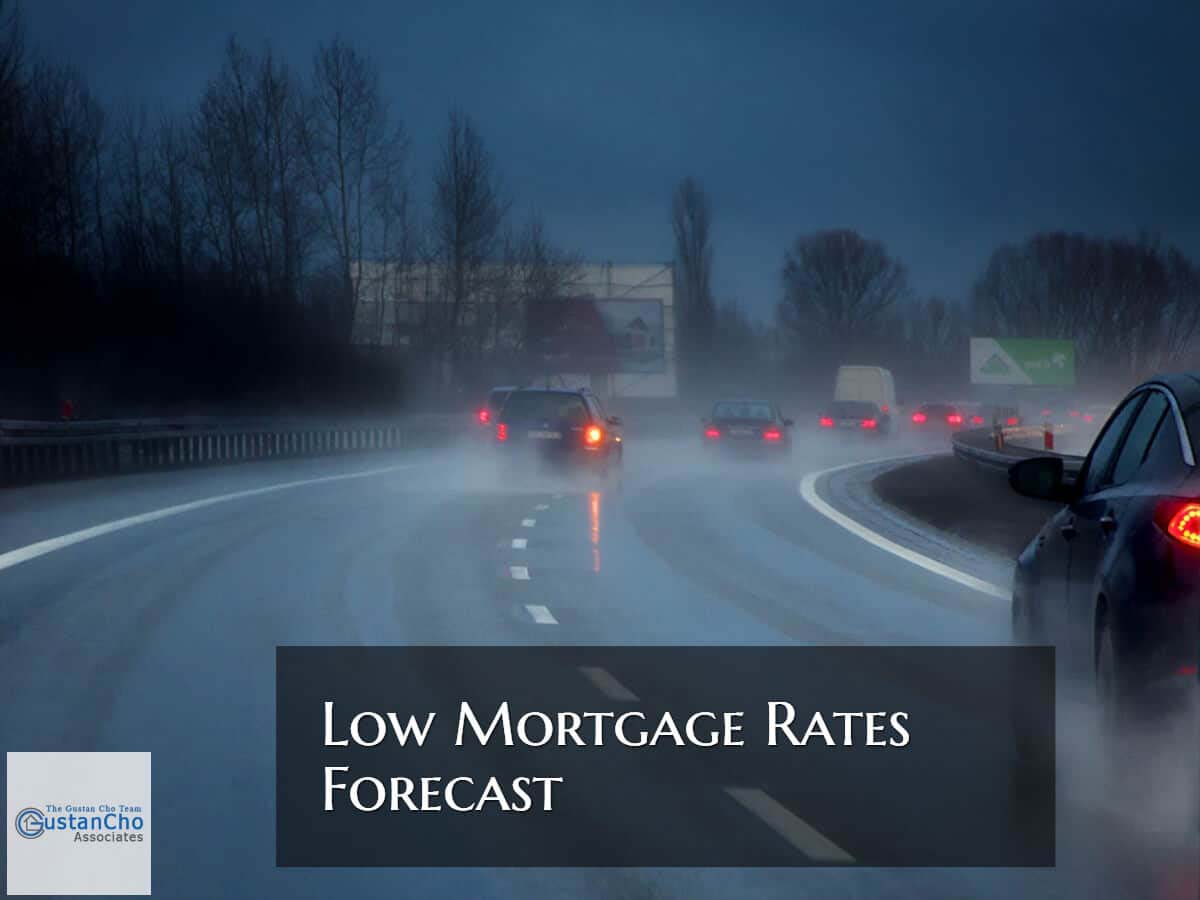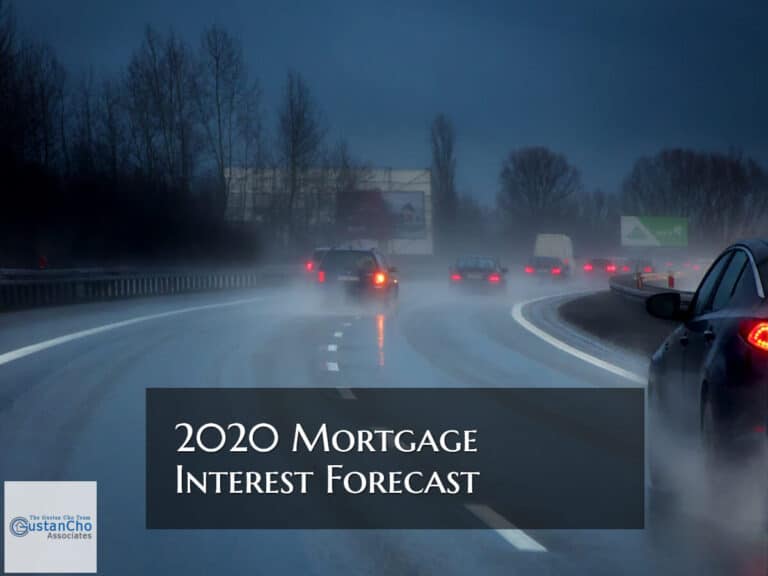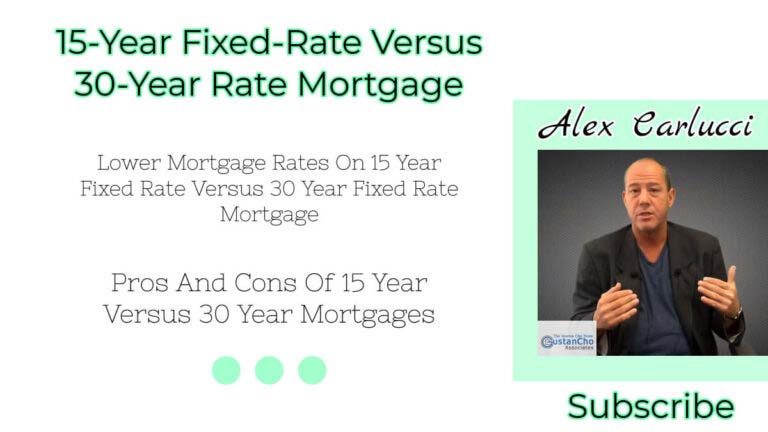Low Mortgage Rates Forecast For Home Buyers And Homeowners
Low mortgage rates are anticipated in 2025. This offers potential benefits for homebuyers and homeowners. However, rates are expected to remain above pre-pandemic lows, and affordability challenges may persist.
Mortgage Rate Forecast for 2025
Experts anticipate a gradual decrease in mortgage rates throughout 2025. Fannie Mae projects the 30-year fixed mortgage rate to average around 6.3% by the end of 2025. Mortgage Bankers Association (MBA) forecasts rates to average 6.2% in the fourth quarter of 2024, with a continued downward trend into 2025. NAHB or National Association of Home Builders expects the 30-year mortgage rate to decrease to about 6.5% by mid-2025 and fall below 6% by the end of the year. These projections suggest a slow easing of rates, influenced by factors such as economic conditions, Federal Reserve policies, and inflation trends.
Low Mortgage Rates Implications for Homebuyers
While declining rates may improve affordability, challenges remain. Prospective buyers should assess their financial readiness and consider locking in rates when favorable opportunities arise.
- Affordability Concerns: Despite lower rates, high home prices continue to pose affordability issues for buyers.
- Inventory Levels: Housing inventory remains below the levels needed for a balanced market, potentially limiting options for buyers.
- Market Activity: In response to higher mortgage rates and home prices, the housing market has cooled, as existing-home sales fell 5.9% in March 2025 compared to the previous month.
Don’t Miss Out on Current Mortgage Rates
Get in touch today to learn how you can take advantage of these rates before they change.
Low Mortgage Rates: Opportunities for Homeowners
Homeowners may find refinancing advantageous under certain conditions. Those with mortgage rates around or above 7% can benefit from refinancing if rates continue to decline. Lower rates may also impact HELOCs, offering more favorable terms for homeowners seeking to tap into their equity. It’s essential for homeowners to evaluate their current mortgage terms and consult with their financial advisors to determine the best course of action.
Economic Factors Influencing Rates
Several economic indicators play a role in shaping mortgage rate trends. The Fed’s decisions on interest rates directly impact mortgage rates. Continued efforts to manage inflation may lead to further rate adjustments. A decline in inflation could contribute to lower mortgage rates, enhancing affordability for borrowers. Slower economic growth may prompt investors to seek safer assets, potentially leading to lower yields on mortgage-backed securities and, consequently, lower mortgage rates. Monitoring these factors can provide vision into future rate movements and help borrowers make informed decisions.
The Federal Reserve Board Stance On Mortgage Rates Forecast
When you hear about the Federal Reserve (often called “the Fed”) making changes to interest rates, you might immediately wonder “How will this affect mortgage rates?” The truth is, while the Federal Reserve doesn’t directly set mortgage rates, its actions heavily influence them. Understanding the connection can help you make smarter decisions when buying a home, refinancing, or locking in a mortgage rate.
How the Fed Affects Mortgage Rates
Even though the Fed doesn’t set mortgage rates directly, its policies strongly influence them through:
- Short-Term Interest Rate Changes
Raising or lowering the Federal Funds Rate by the Fed affects short-term borrowing expenses such as credit cards, HELOCs, and auto loans. Adjustable-rate mortgages (ARMs) are directly impacted because they are tied to short-term indexes. Fixed-rate mortgages, like the 30-year and 15-year loans, are not tied directly to the Fed’s rate—but they react to market expectations about inflation, economic growth, and future Fed actions. - Bond Market Movements
Long-term mortgage rates are closely tied to the 10-year U.S. Treasury yield. When the Fed signals higher rates or inflation concerns, investors demand higher yields on bonds, pushing mortgage rates up. When the Fed signals lower rates or a slowing economy, bond yields and mortgage rates typically fall. - Inflation and Mortgage Rates
One of the Fed’s biggest concerns is inflation. When inflation goes up, it often pushes mortgage rates upward. When inflation cools, mortgage rates typically fall. If the Fed raises rates aggressively to fight inflation, mortgage rates may temporarily rise—but if inflation drops as a result, mortgage rates can stabilize or decline.
Federal Reserve Board And Mortgage Rates
Mortgage rates today are at an all-time low. The Federal Reserve Board is on high alert in watching economic number and economic forecast extremely carefully. Yet, the Federal Reserve Board does not want to hastily increase interest rates and cause a market imbalance and major volatility. Low mortgage rates have been historically for the past six to seven years. The likelihood is high that mortgage rates will increase in the future.
Low Mortgage Rates Recent Trends: 2024–2025
Throughout 2024, the Fed held rates steady to battle lingering inflation. In early 2025, hints of future rate cuts began to surface as inflation cooled and economic growth slowed. As of now, mortgage rates are forecasted to decline gradually through 2025 and 2026, influenced by Fed policy shifts. Fannie Mae is expecting the 30-year fixed mortgage rate to average around 6.3% by late 2025. Trading Economics projects a more optimistic drop to around 4.9% by Q4 2025.
Lock in Low Rates Before They Rise Again
Reach out today to discuss your options and take advantage of these rates
Frequently Asked Questions: Low Mortgage Rates Forecast for Home Buyers and Homeowners
1. Are mortgage rates expected to keep falling in 2025 and 2026?
Yes, most experts project that mortgage rates will decline modestly over the next two years. While low mortgage rates are forecasted, they are expected to stay above the historic lows seen during the pandemic years.
2. How low mortgage rates will go by the end of 2025?
Forecasts vary. Fannie Mae projects average 30-year fixed rates around 6.3% by late 2025. Trading Economics suggests rates could fall as low as 4.9% by Q4 2025. The actual outcome will depend on inflation trends, Federal Reserve decisions, and economic conditions.
3. Will low mortgage rates make homes more affordable?
Low mortgage rates help with affordability by reducing monthly payments. However, high home prices and limited inventory may still keep overall affordability a challenge for many buyers.
4. Should I wait for low mortgage rates before buying a home?
It depends on your situation. If you find a home you love and can afford now, it may be smart to buy and refinance later if rates drop further. Waiting could expose you to rising home prices or bidding wars if more buyers re-enter the market as rates fall.
5. Is now a good time for homeowners to refinance?
Homeowners with rates above 7% should watch closely. As rates continue to decline, refinancing could offer significant monthly savings and reduce total interest paid over the life of the loan.
6. Will low mortgage rates bring more homes onto the market?
Possibly. Some homeowners who feel “locked in” to their low pandemic-era rates might stay put, but low mortgage rates could encourage more sellers to list their homes, gradually improving inventory levels.
7. What factors could stop mortgage rates from falling?
Persistent inflation, stronger-than-expected economic growth, and federal Reserve delaying rate cuts. Any of these could keep mortgage rates higher than expected.
8. Can I lock a mortgage rate now and still benefit if rates drop further?
Some lenders offer float-down options that let you lock your rate today and reduce it if rates drop before closing. Ask your lender if they offer this feature.
9. How much does a 1% drop in mortgage rates save?
On a $300,000 loan, a 1% lower rate could save around $200–$300 per month, depending on the loan term and specifics.
10. Should I consider an adjustable-rate mortgage (ARM) if rates are falling?
In a falling-rate environment, a fixed-rate mortgage is usually safer for long-term stability. An ARM might be attractive for short-term buyers but carries risks if rates eventually rise again.
While low mortgage rates are projected, staying prepared by improving your credit, saving for a down payment, and getting pre-approved can help you move quickly when the right opportunity comes. At Gustan Cho Associates, we help homebuyers and homeowners lock in the best rates and confidently navigate the changing market. There are no lender overlays, fast pre-approvals, and creative financing options available.
Thinking of Buying or Refinancing? Now’s the Time!
Contact us today to explore how you can benefit from these favorable rates.








